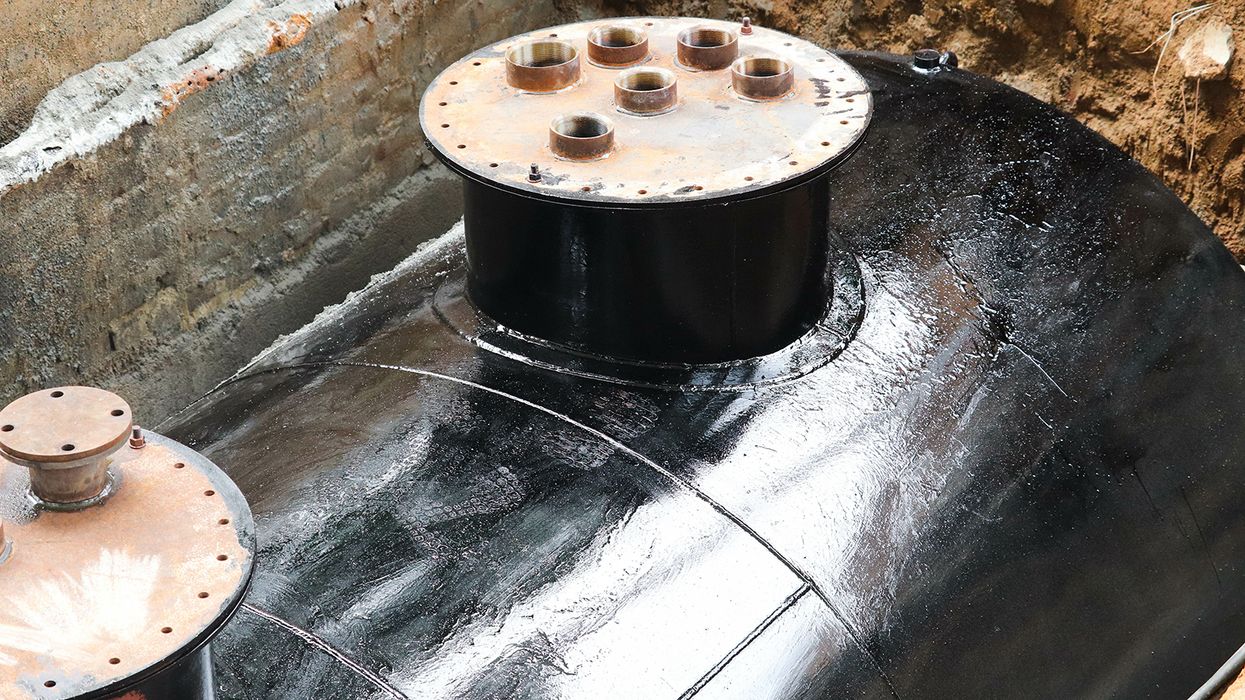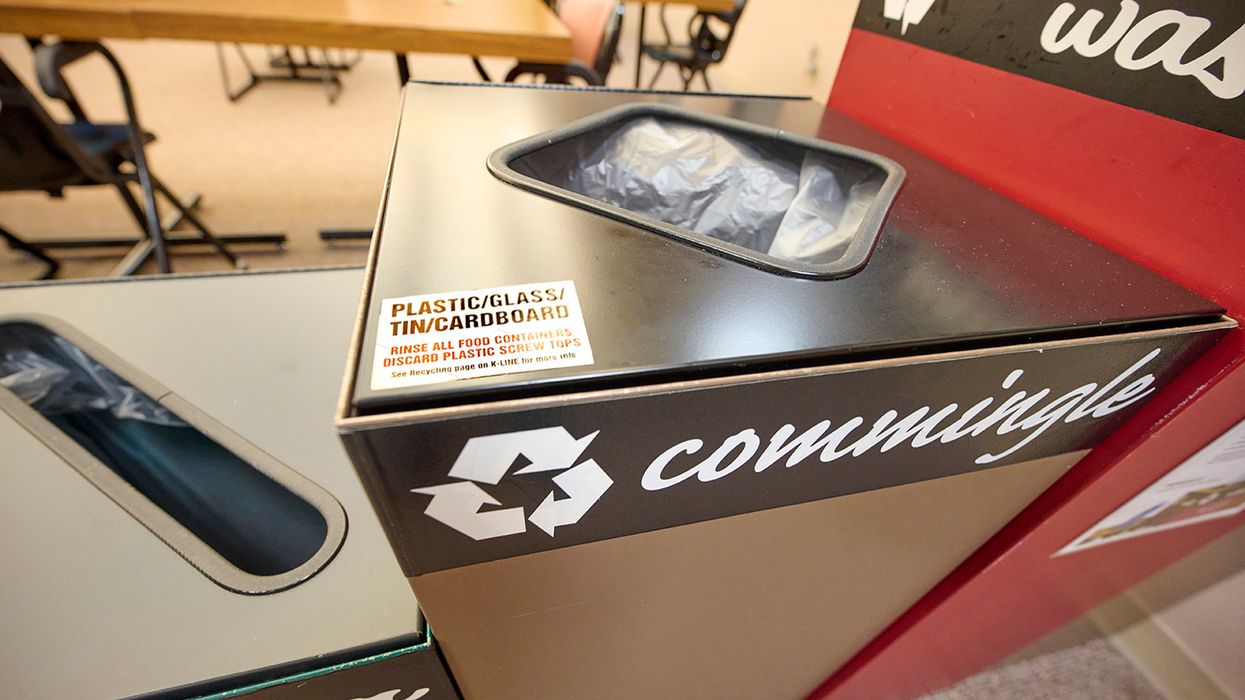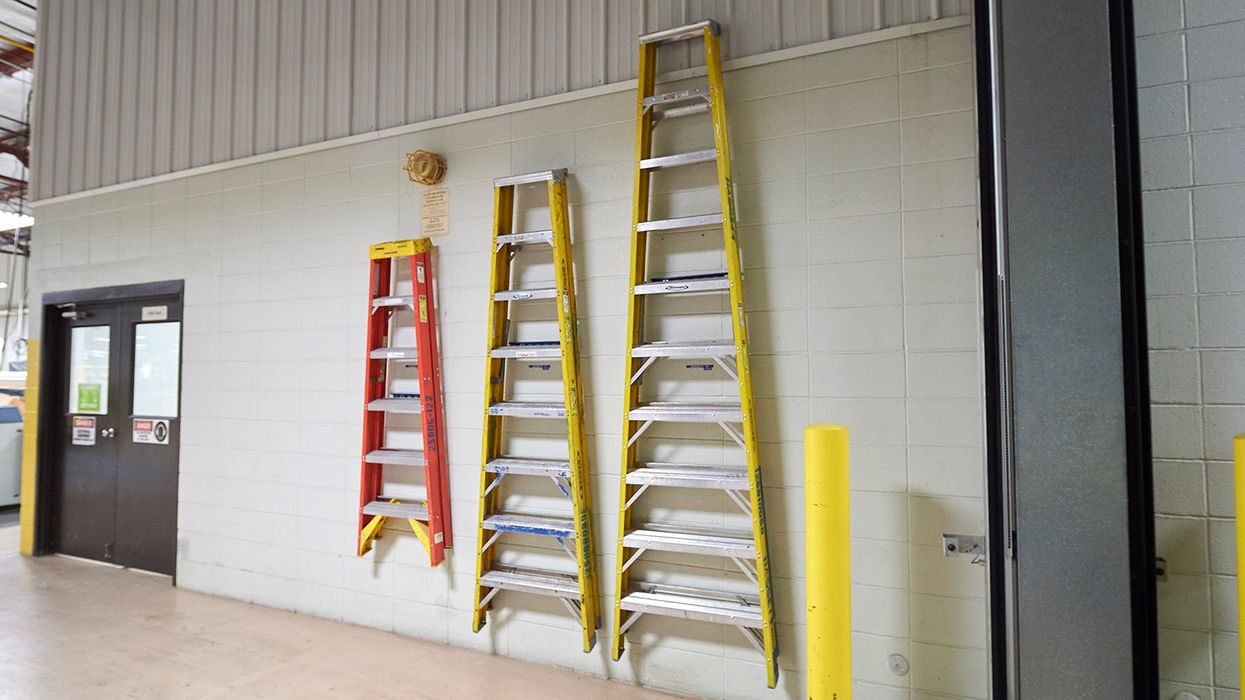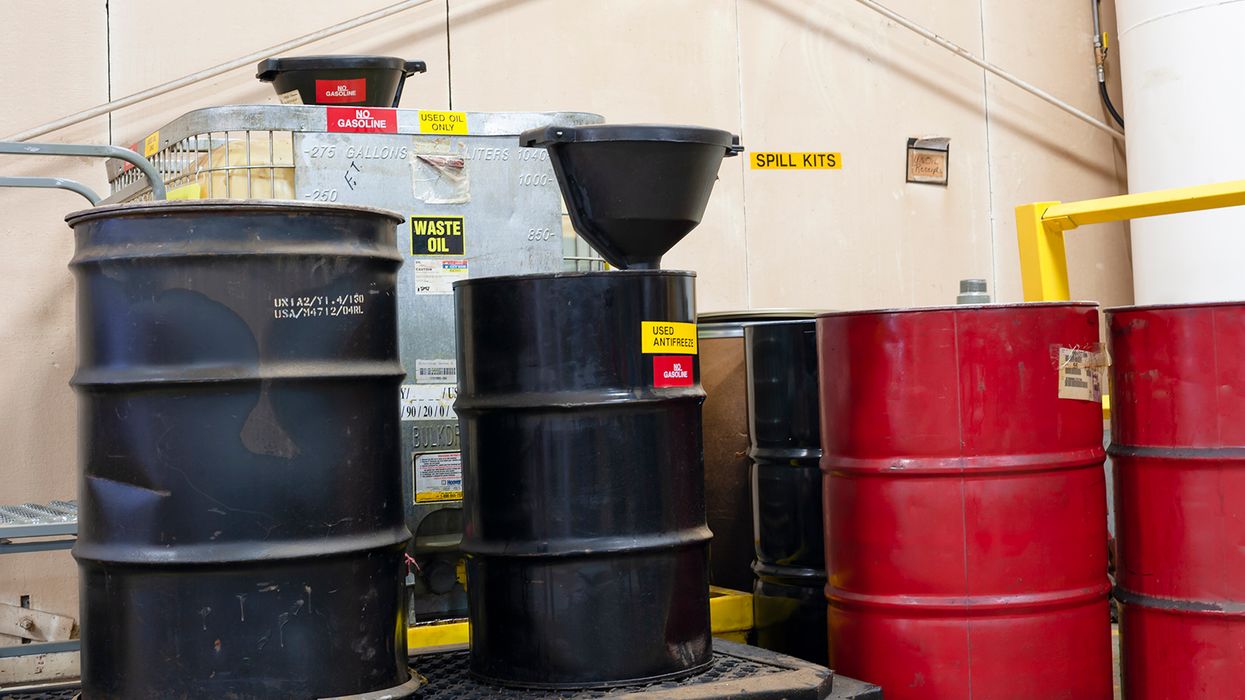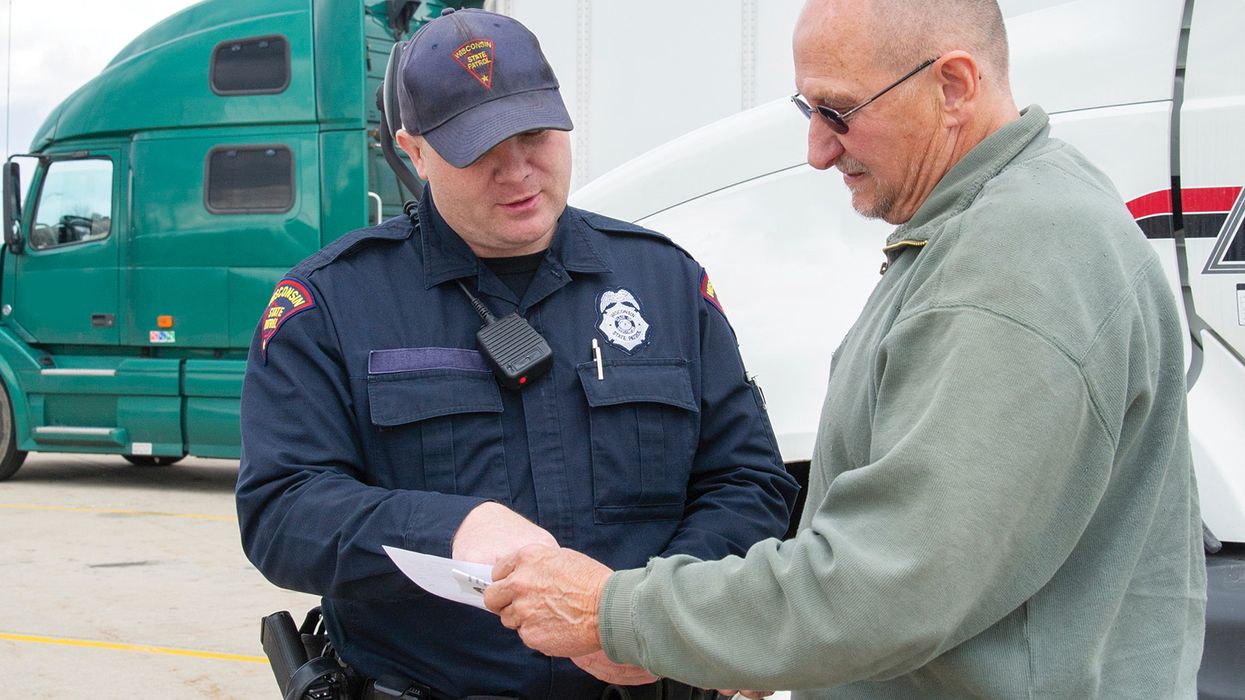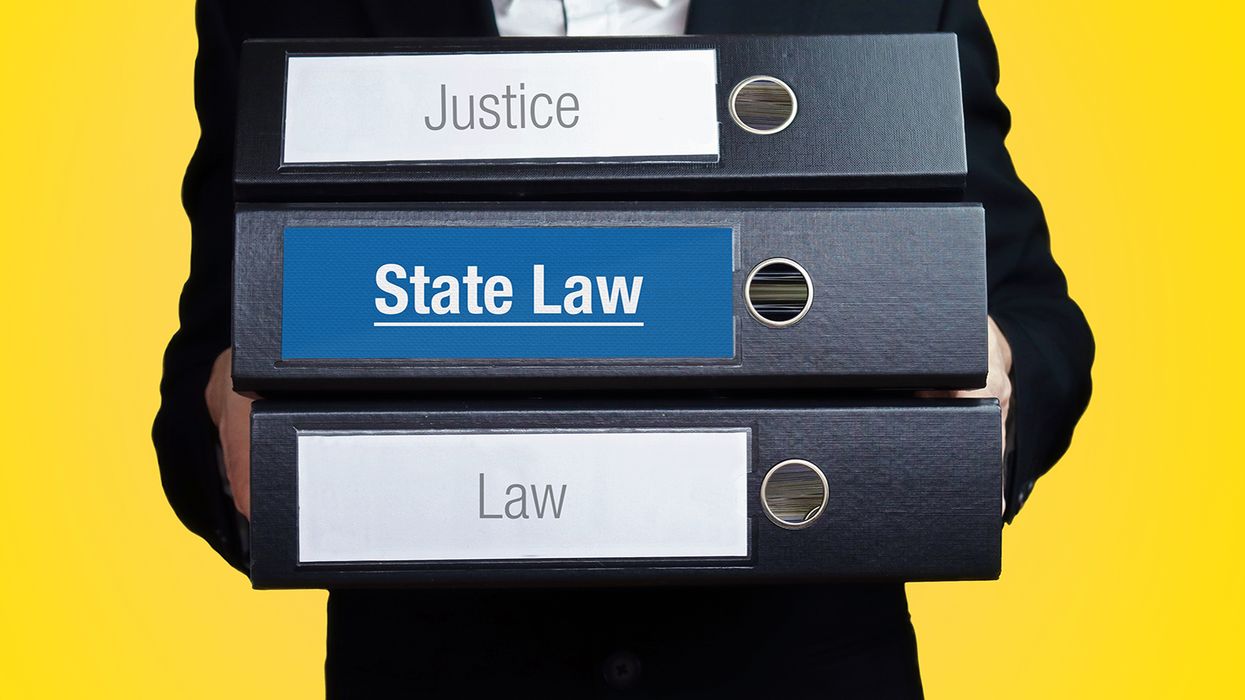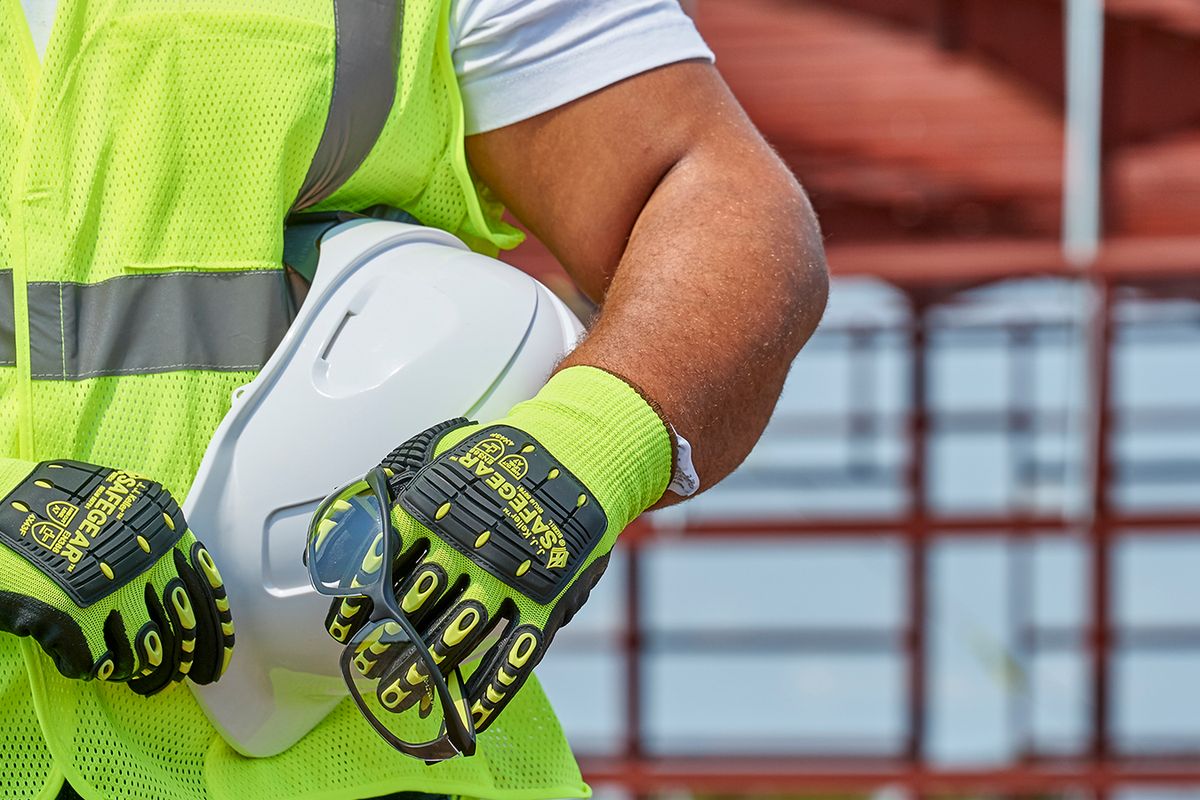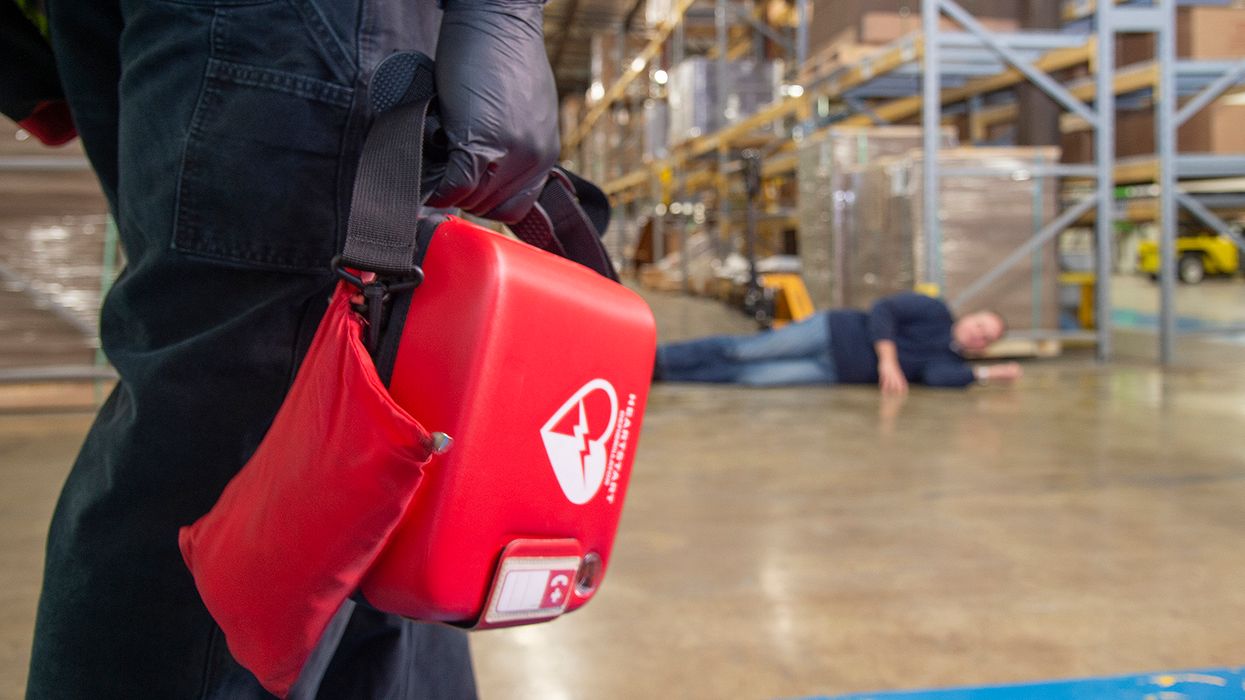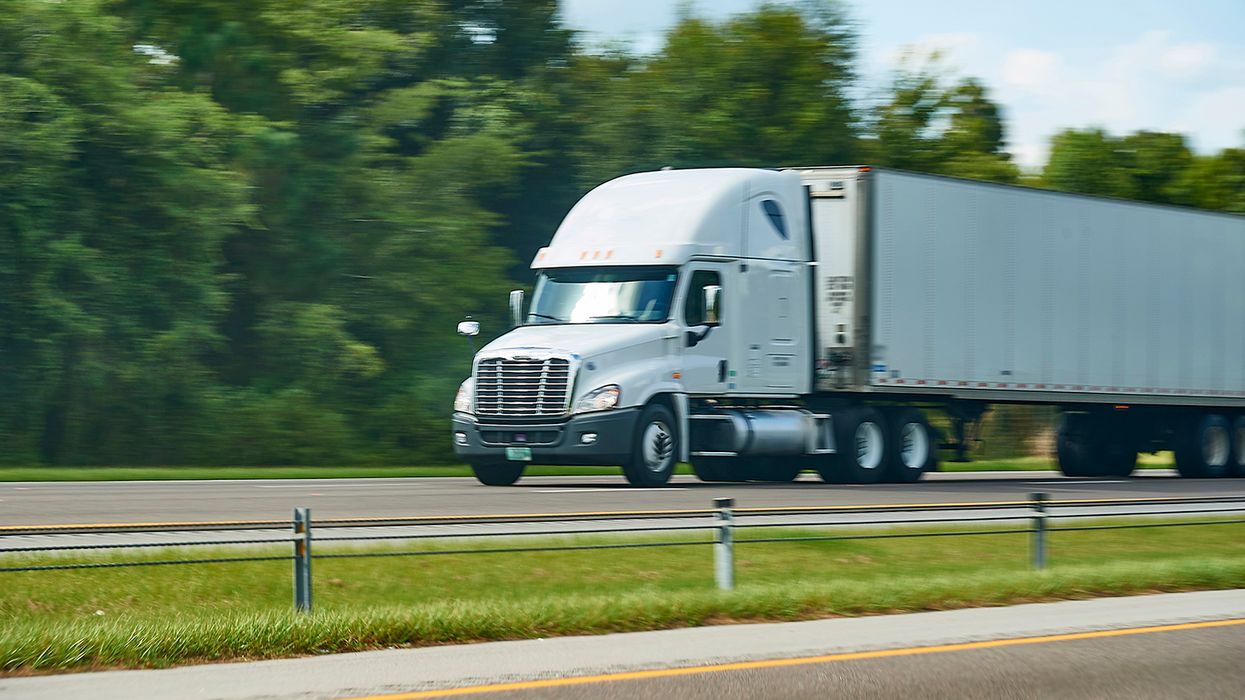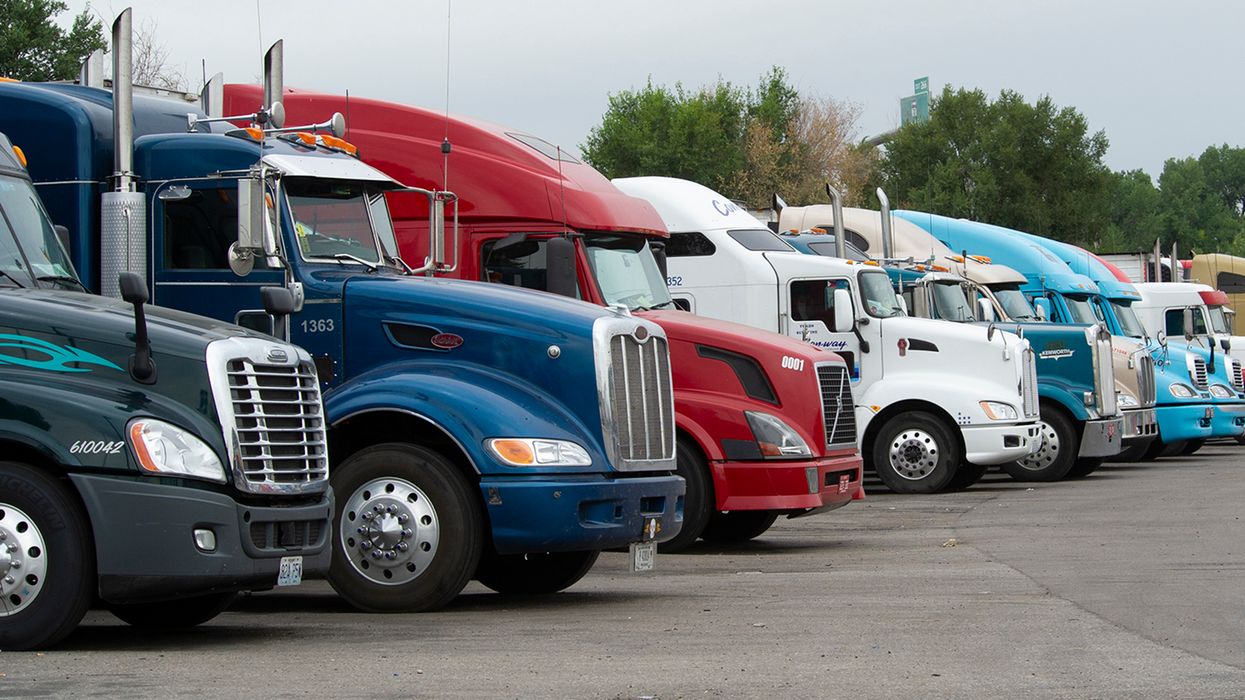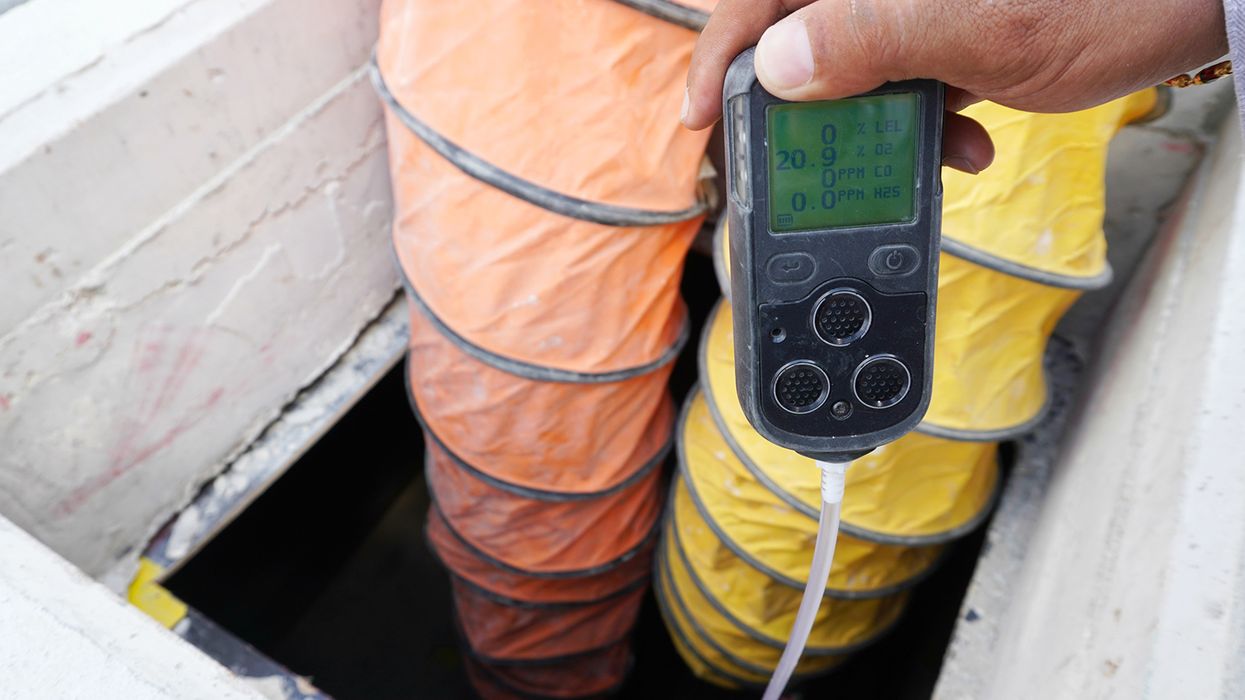Can I downrate a vehicle? Yes, but it won’t be easy
Customers often ask us questions like: “We no longer need the vehicle to be rated at 33,001 pounds. Can we downrate it to 26,000 pounds?” or “We have a vehicle rated at 11,000 pounds, can we downrate it to 10,000 pounds?” The short answer to both questions is yes, it can be done, but it won’t be easy.
Why the rating matters
The rating, along with the actual gross weight of the vehicle, is what officers on the road use to determine what regulatory requirements apply. If the vehicle is over 10,000 pounds (actual or rated), it is a commercial vehicle (see 390.5) and the vehicle and driver are subject to Parts 390 to 399 (vehicle marking, driver qualifications, hours of service, inspection and maintenance, annual inspections, etc.). If it is over 26,000 pounds and matches the definition of a commercial vehicle requiring a CDL to operate (see 383.5), then the driver is also subject to the drug and alcohol regulations (Part 382) and the CDL regulations (Part 383).
Changing the rating
The rating, correctly known as the gross vehicle weight rating (GVWR), is assigned by the vehicle manufacturer (either original or second in the case of an incomplete vehicle). It can be found on the rating and certification tag required by the National Highway Traffic Safety Administration (NHTSA). This tag, in many cases, is found on the driver’s side door frame.
As the manufacturer is the one that assigned the rating, that is who would need to downrate the vehicle. However, manufacturers typically will not downrate a vehicle unless they are involved in some type of rebuilding or remanufacturing that changes some major characteristics of the vehicle, such as the axles.
What about changing tires?
When discussing the issue of downrating, one suggestion is switching to lower rated tires and then asking for the downrating. The thought process here is that the vehicle cannot be loaded in excess of the tire ratings. However, manufacturers will not consider changing tires as being a significant change to the vehicle and will not downrate it. Also, officers on the road will not take tire ratings into consideration when calculating the GVWR. They will only look at the door tag.
VIN considerations
The other issue is that the GVWR is coded into the vehicle identification number (VIN). The problem here is even if you or an aftermarket vehicle alterer downrate the vehicle by putting on a new door tag, the VIN still includes the GVWR assigned by the manufacturer. An officer using a VIN verification/decoder will immediately see the original GVWR and this will lead to questions about why the GVWR in the VIN no longer matches the GVWR on the door tag and who made the changes and why (some officer’s systems automatically validate the VIN and check the vehicle’s status in various databases when a VIN is entered). This could be a major issue following a crash.
Key to remember: Downrating involves changing the manufacturer’s rating for the vehicle, and therefore, the manufacturer must be involved.






















